From 1916, the silhouette of the German infantryman changed radically. The troops were now equipped with an enveloping steel helmet: the Stahlhelm, from the German Stahl, steel, and Helm, helmet. It has large smooth panels covered with a feldgrau paint (field gray, its shape can already be found in some engravings by Albrecht Dürer). These painted surfaces nevertheless generate significant reflections in the light, and make the German soldier easily spotted on the ground.
On July 7, 1918, General Ludendorff gave the order, in order to better conceal his army, to proceed with camouflage by applying paint. The finished appearance of camouflage paints must be matte, in order to eliminate any reflection, and the choice of shades used is dictated by the nature of the terrain and the seasons. Helmets must be painted with flat areas of colored spots of angular shapes, alternating light and dark shades, and delimited by a line of black paint. The application of this directive is carried out directly within the units, leaving everyone free to express their creativity. Each helmet therefore becomes a unique piece.























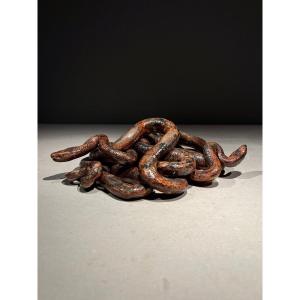



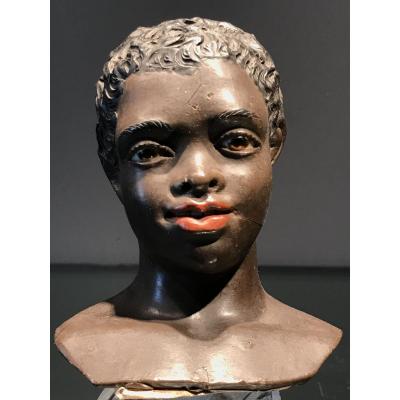



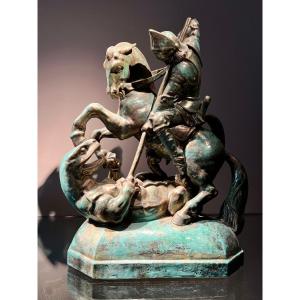

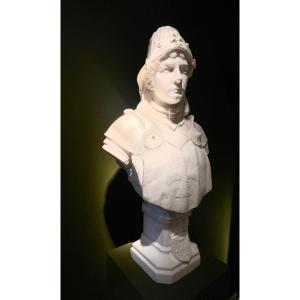




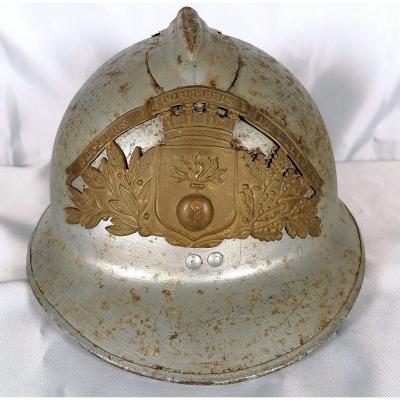






 Le Magazine de PROANTIC
Le Magazine de PROANTIC TRÉSORS Magazine
TRÉSORS Magazine Rivista Artiquariato
Rivista Artiquariato